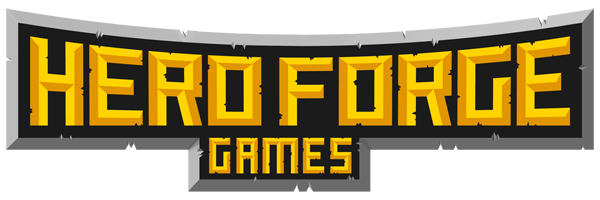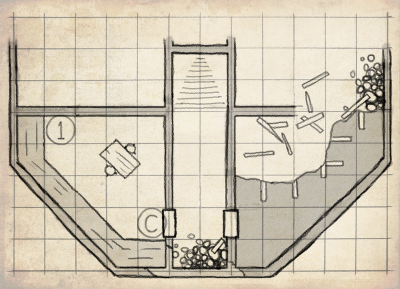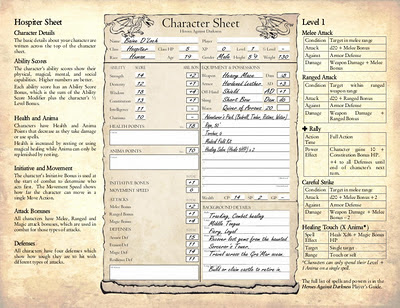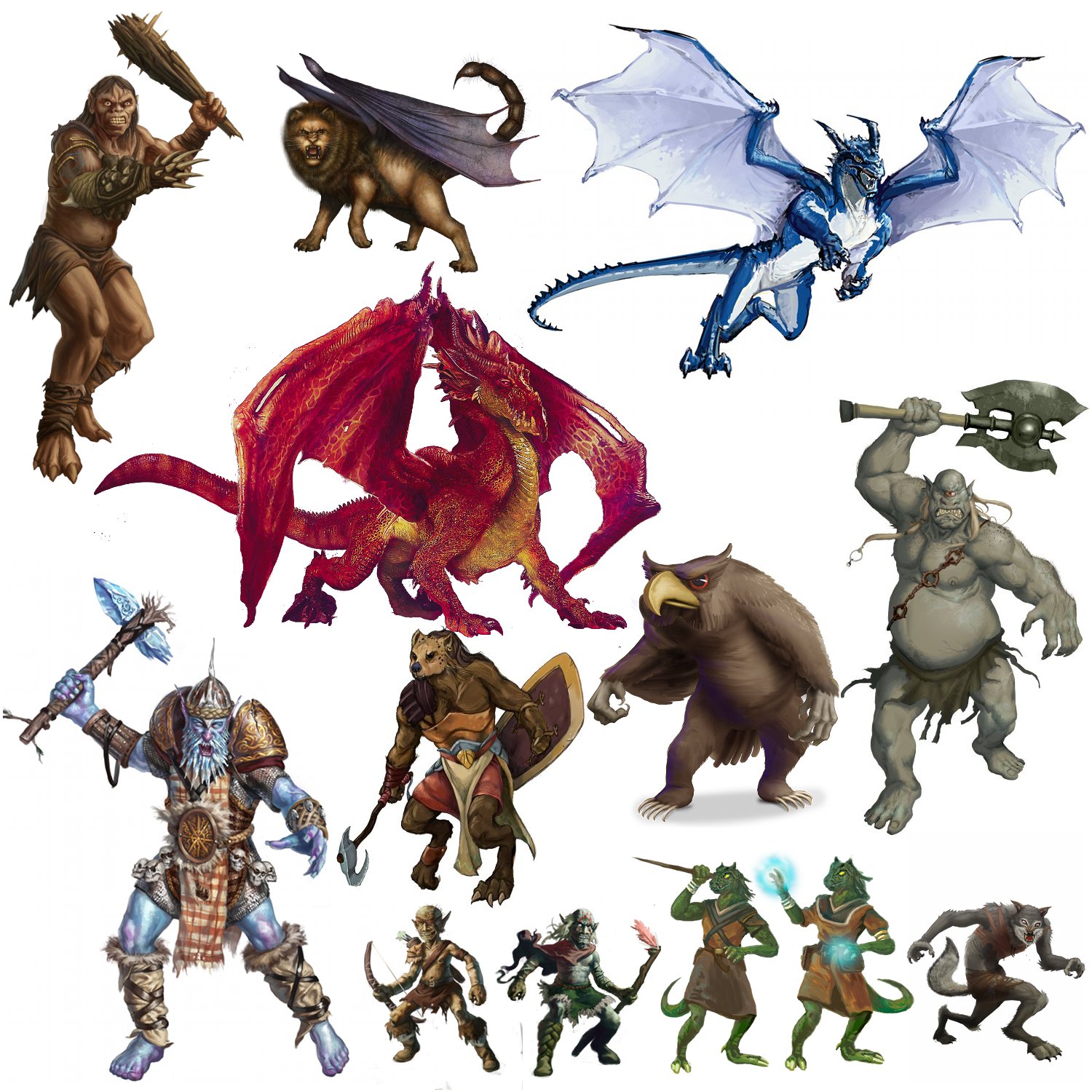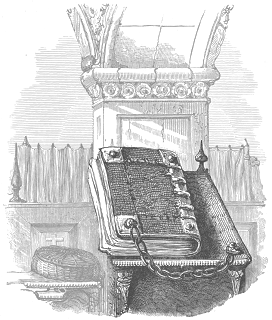Gameplay Tuning for Solo Adventures…
It’s been a quiet week here on the blog, not because I’ve been slack, but because I’ve been working on the solo adventure for Heroes Against Darkness.
The adventure itself is adapted from a location that I used with my players at the start of our current campaign. The players were washed up on an island, having escaped from enslavement on a trade galley. While exporing the island, they can across an abandoned tower that was said to be the original home of a powerful sorcerer.
So I’ve taken the tower map and adapted that adventure for just one character, which is proving tricky.
I was up late last night running through the first encounter with the pregen Warrior character that comes packaged with the adventure. The first time I ran it, there were three monsters in the encounter. Without using any healing, my character survived the encounter 65% of the time (after 20 runs). This isn’t great for the first encounter of an introductory adventure, so I removed one of the monsters and reduced the stats of the two that remained. When I ran through the encounter again, I survived the encounter 85% of the time (again after 20 runs). In the three runs where I died, it was mainly down to lots of bad rolls by me combined with critical hits from the baddies.
I think that 85% survival is a much more realistic and desirable rate, but it will be interesting to see whether that’s too hard when combined with the rest of the module. The adventure itself has five full encounters, two against single monsters, two against groups of weaker monsters, and one final fight against a strong boss monster with some weaker minions.
Here’s a preview of one of the encounter maps. As you can see, I’ve tried to keep the style of a hand-drawn map you’d get from your GM:
As it stands, the solo adventure portion is finished, the encounter maps are done and the pregen characters are done. All I need now is an image for the front of the adventure (a sundered tower) and to tune the rest of the fights.
Wish me luck.
Head over to the game rules download page to check out the system: Heroes Against Darkness – Game Rules.
